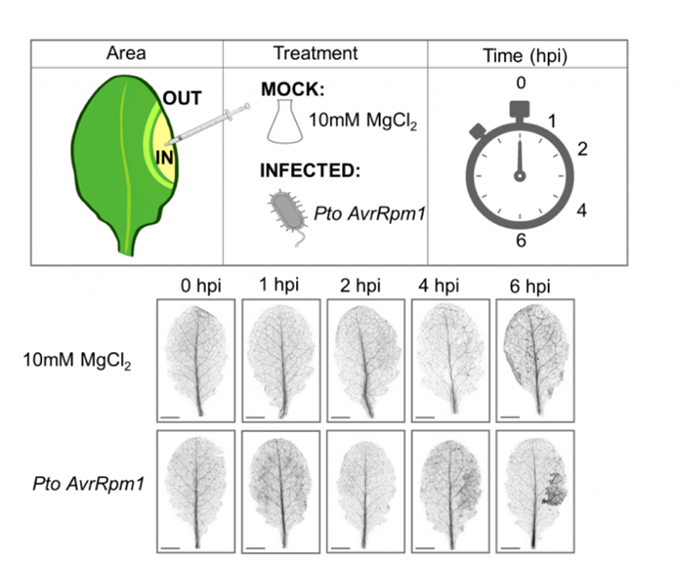
Robust transcriptional indicators of immune cell death revealed by spatio-temporal transcriptome analyses (Mol Plant)
Plant Science Research WeeklyMany plants trigger a form of cell death, known as the hypersensitive response (HR), immediately upon pathogen recognition. To minimize damage to the plant, this cell death must be highly localized to the site of attack, while more distal cells survive and activate other immune responses. However, the…
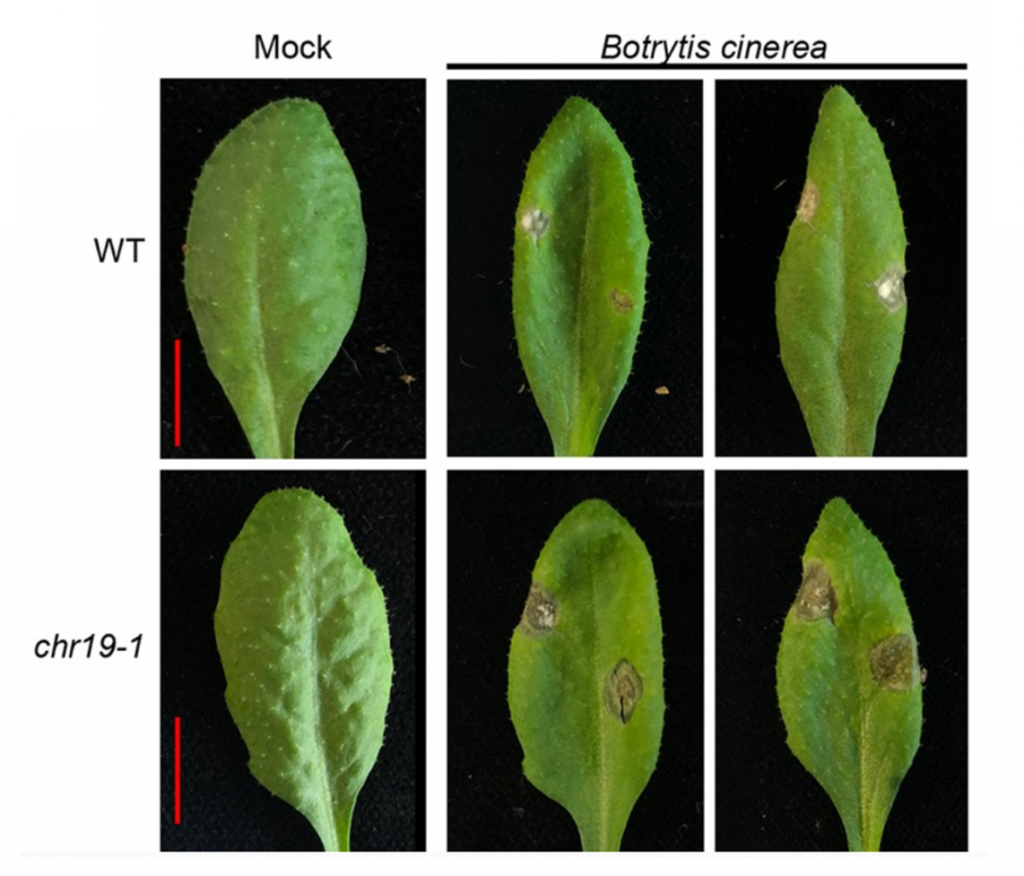
Arabidopsis CHROMATIN REMODELING 19 acts as a transcriptional repressor and contributes to plant pathogen resistance (Plant Cell)
Plant Science Research WeeklyChromatin remodellers are highly conserved eukaryotic proteins with regulatory roles in various aspects of DNA metabolism including DNA repair, gene expression and mitosis. Here, Kang et al. examine the function of the CHROMATIN REMODELLING19 (CHR19) in Arabidopsis thaliana. Using two T-DNA insertion…
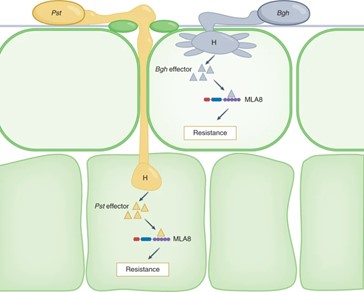
Serendipity: Story of breeding dual resistance (Nature Comms)
Plant Science Research WeeklyHow would you feel if you developed a plant that is tolerant to a particular stress stimulus and found out that it can also tolerate another stress? Bettgenhaeuser and found that this happened when plant breeders developed barley varieties resistant to the powdery mildew disease (caused by the fungal…
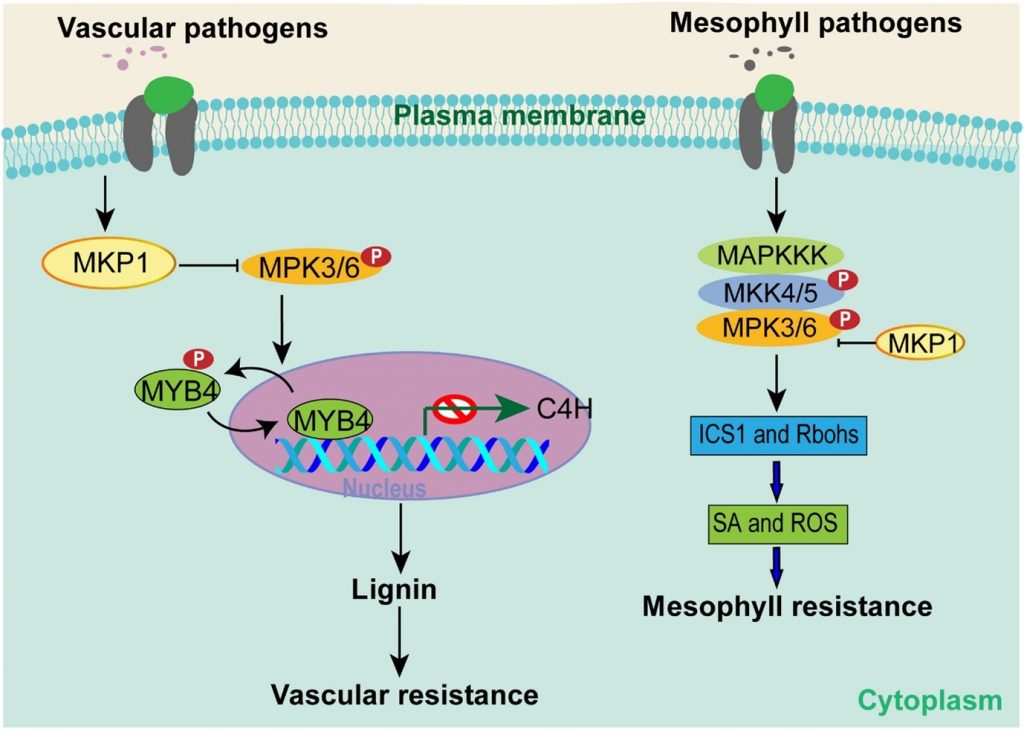
MAP kinase cascade acts as a hub to decide the ways to fight infection (Sci. Adv.)
Plant Science Research WeeklyMuch of our understanding of plant immunity comes from studies of pathogens that infect mesophyll tissues, (e.g., Pseudomonas syringae). However, there are many pathogens that specifically invade vascular tissues (e.g., Xanthomonas oryzae pv. oryzae; Xoo), which causes rice bacterial blight. In a recent…
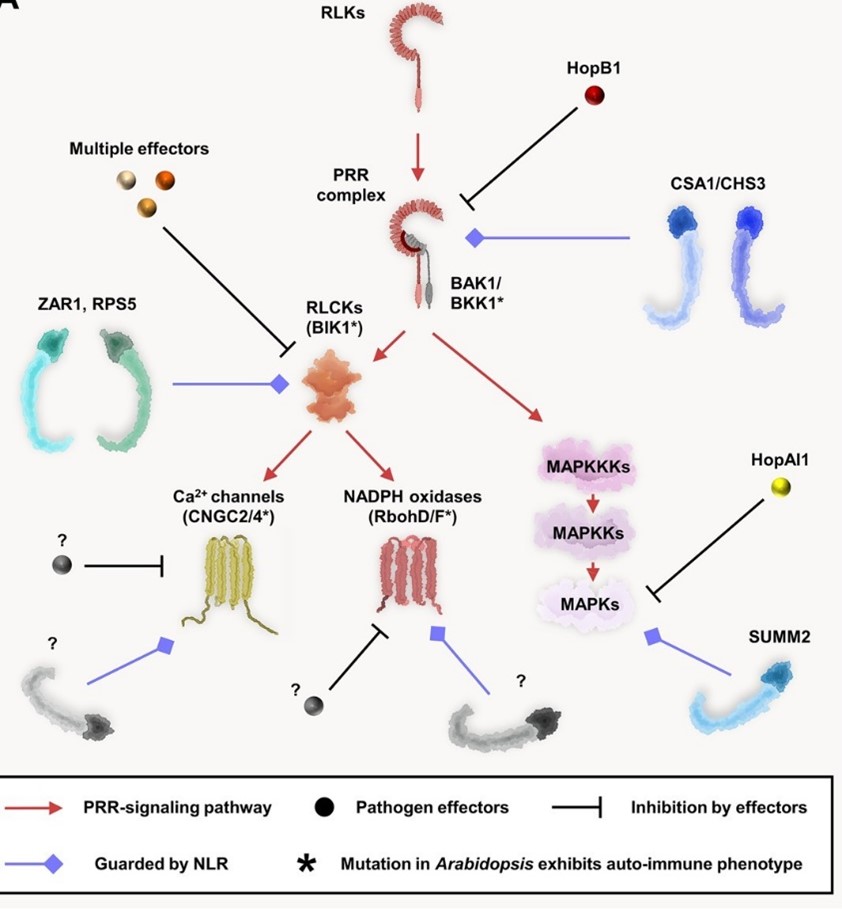
Review. The complex zigzagging in the plant immune system (Plant Cell)
Plant Science Research WeeklyI remember when I joined my PhD lab, the first article I was recommanded was a review by Jones and Dangl (2006) titled “The plant immune system”. Even today it remains the first article given to newbies in the lab. But the field has progressed way ahead in the more than fifteen years since that article…

Outer membrane vesicles manipulate plant defense responses
The Plant Cell: In a NutshellTran et al. found that outer membrane vesicles produced by plant pathogenic bacterium could trigger plant immune responses through the interactions with the plant plasma membrane. Plant Cell. https://doi.org/10.1093/plcell/koab276
By Tuan Minh Tran 1,2 and Yansong Miao 1
School of Biological…

Coordinated evolution of plant immune receptor repertoires (bioRxiv)
Plant Science Research WeeklyIn plants, immune signalling and the corresponding defence responses are initiated by direct or indirect recognition of pathogen molecules via immune receptors. In the plasma membrane, pattern-recognition-receptors (PRRs) recognize signs of invasion and pattern-triggered immunity (PTI) is initiated.…
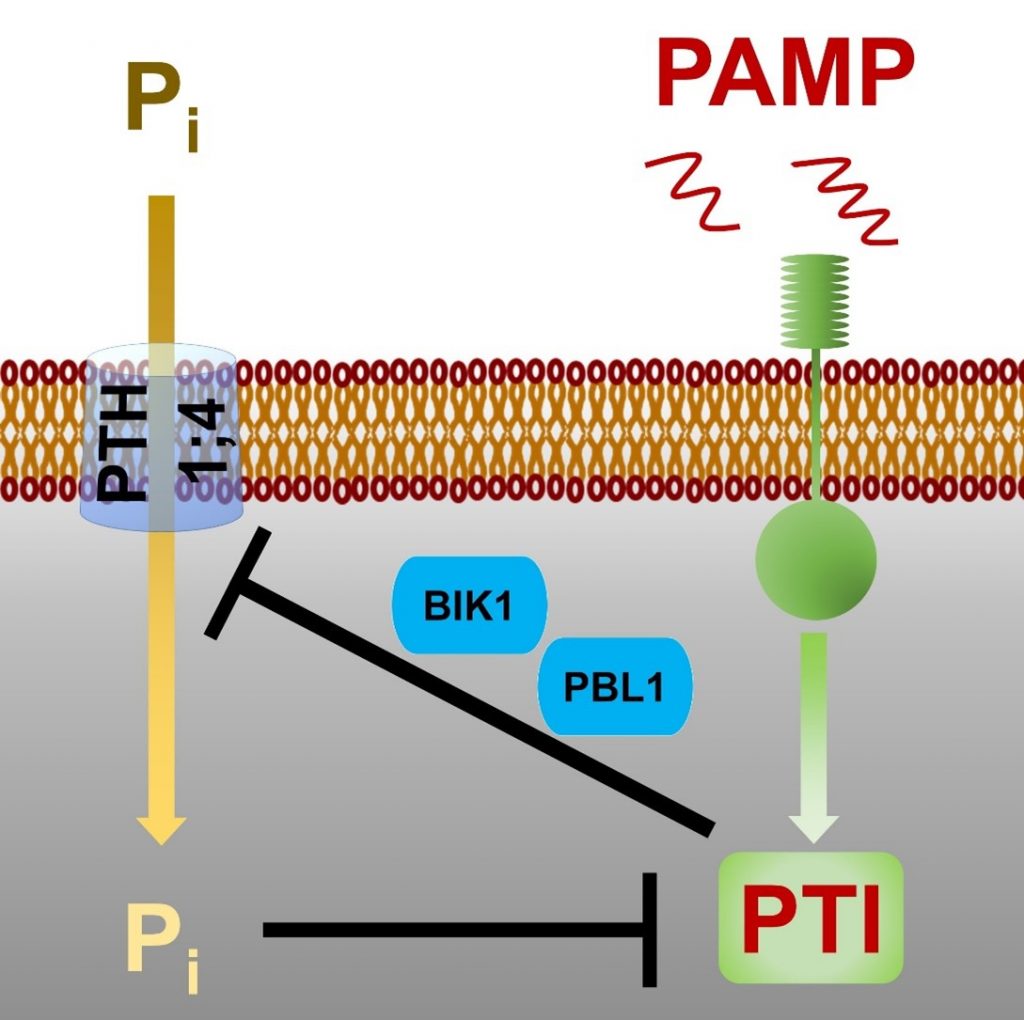
Crosstalk between phosphate transport and plant immunity (Curr. Biol.)
Plant Science Research WeeklyPlants have evolved signaling cascades to survive biotic and abiotic stresses, and recent studies have shown that there is crosstalk between many of these pathways. In a recent study, Dindas et al. developed a micro-electrode-based system to detect active inorganic phosphate (Pi) transport in Arabidopsis…
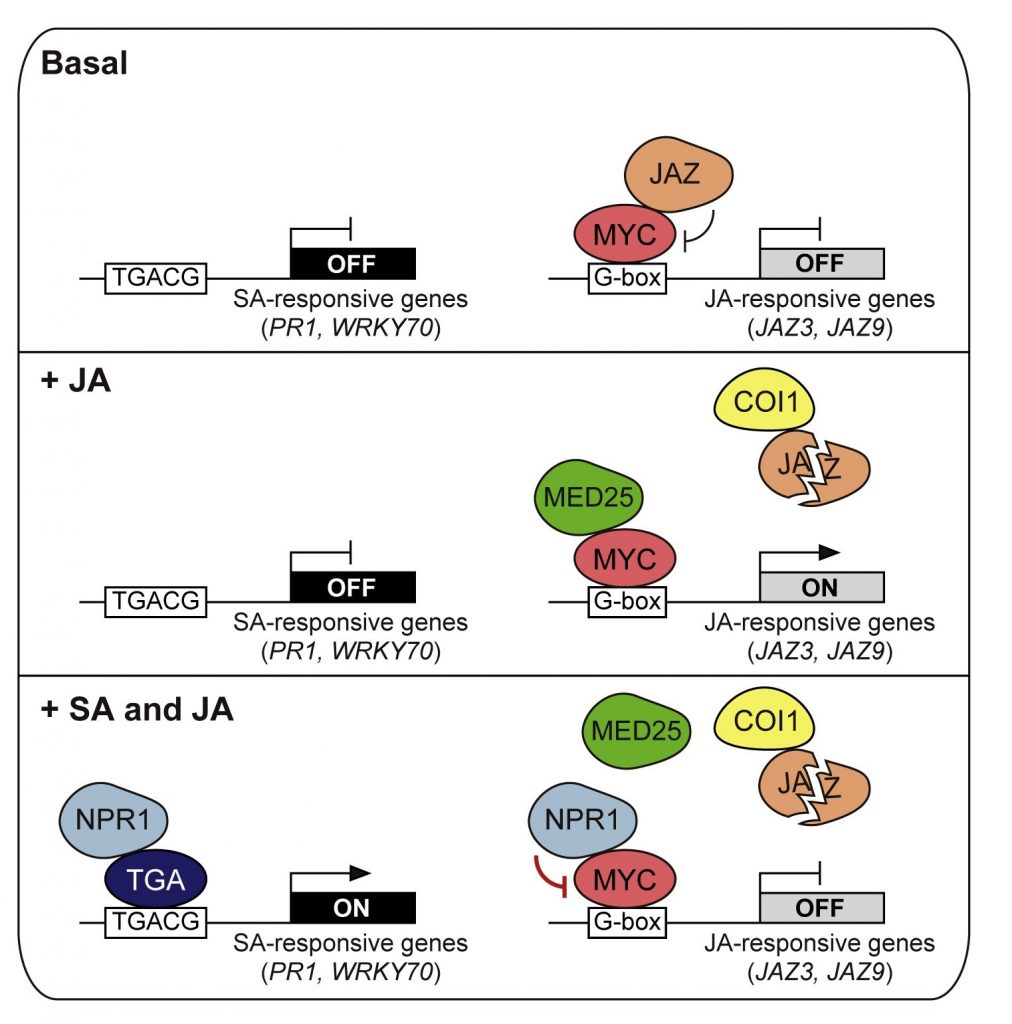
Suppression of MYC transcription activators by the immune cofactor NPR1 fine-tunes plant immune responses (Cell Reports)
Plant Science Research WeeklyIn Arabidopsis, NONEXPRESSOR OF PR GENES 1 (NPR1) plays an important role in the antagonistic crosstalk of salicylic acid (SA) and jasmonic acid (JA) signalling. It activates SA-induced genes that protect against biotrophic pathogens and suppresses JA-induced genes that protect against necrotrophic pathogens.…

